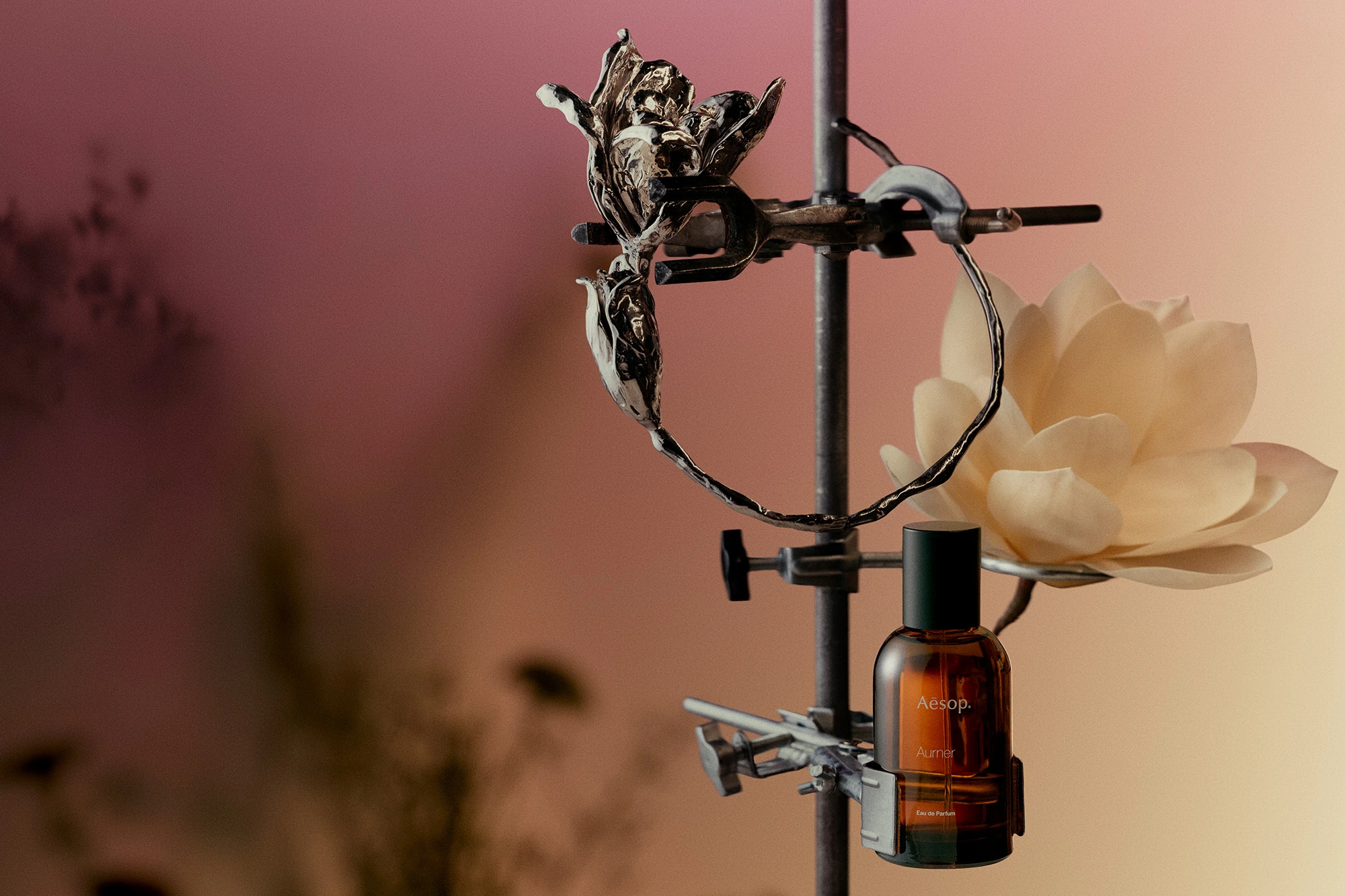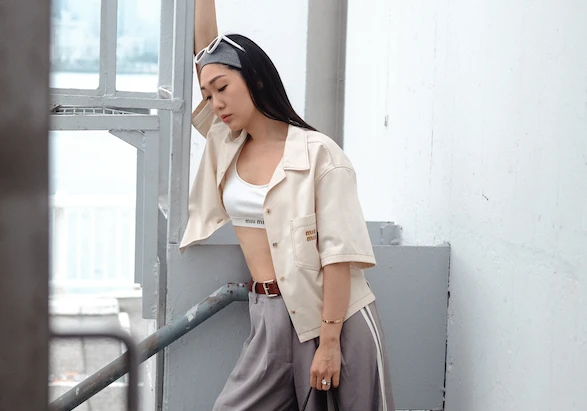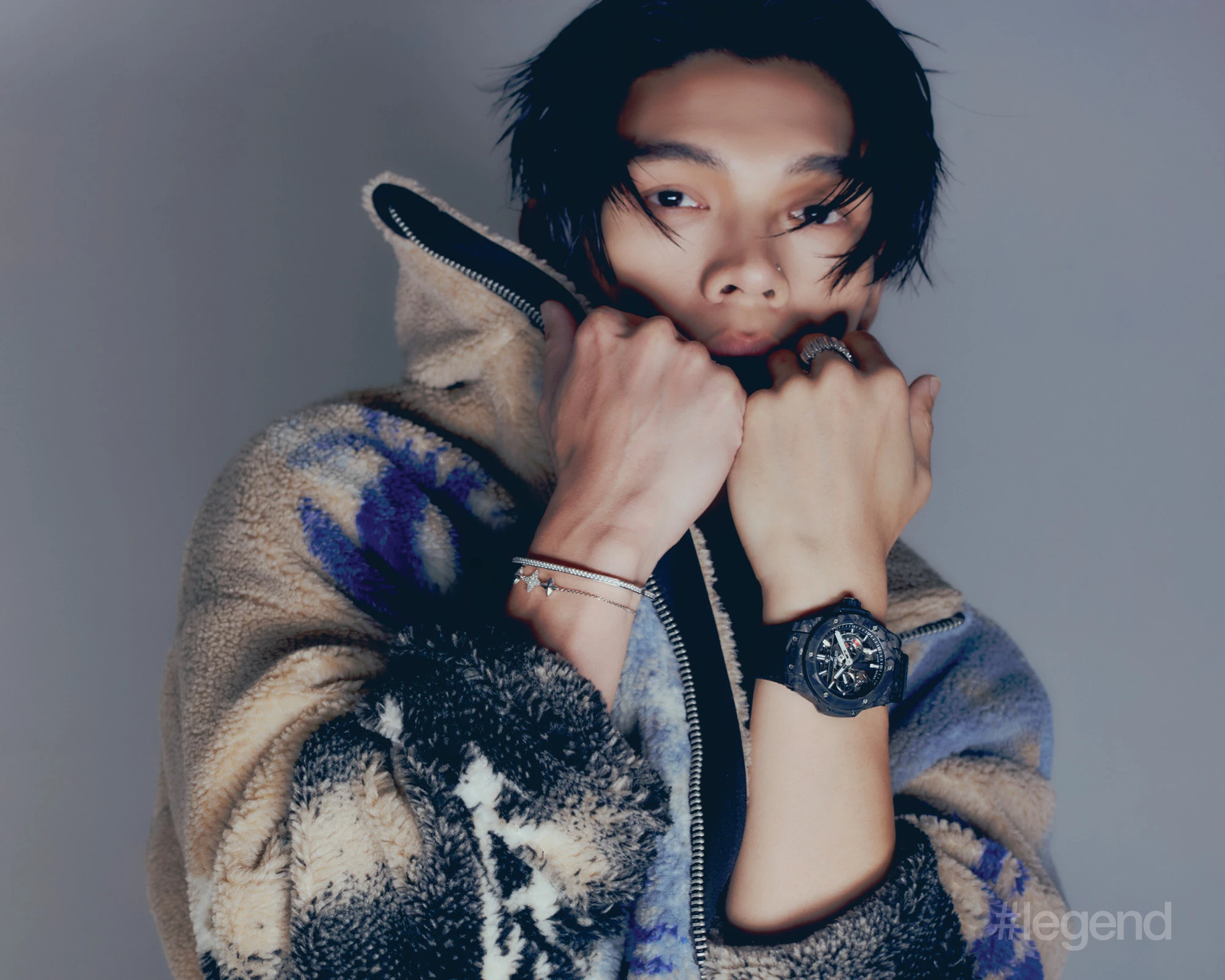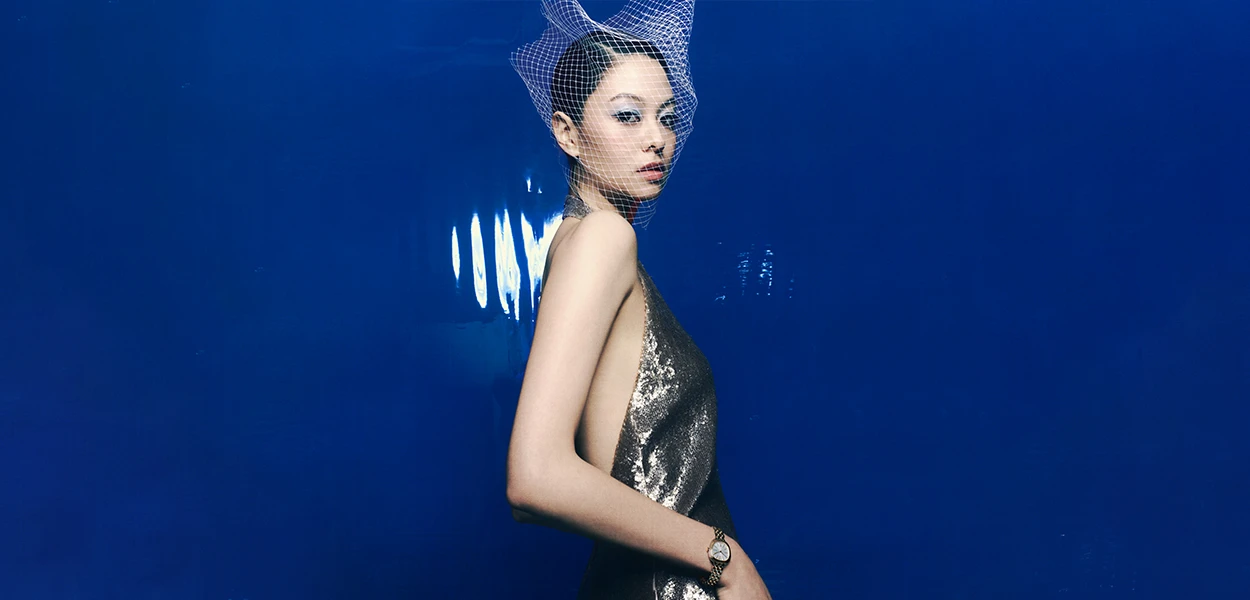Troubled French Painter Bernard Buffet Is About to Undergo a Global Reappraisal
Sep 14, 2016
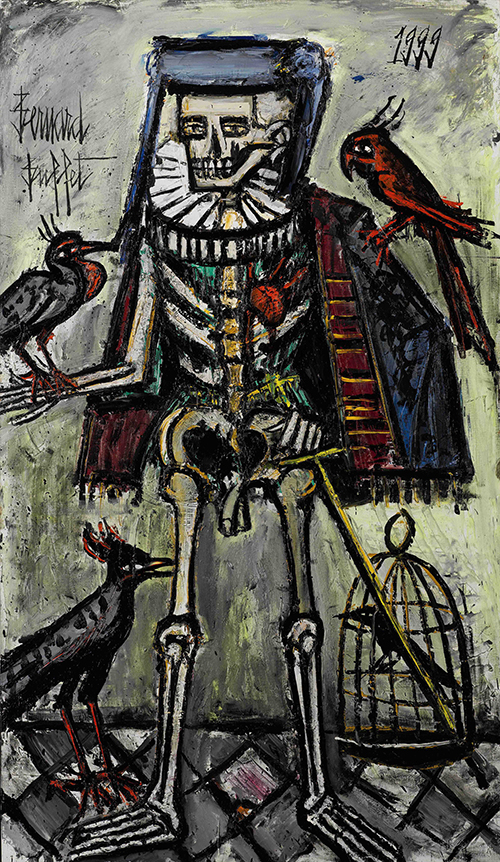
Sotheby’s Hong Kong brings an exhibition of French painter Bernard Buffet to its S|2 gallery. #legend speaks to Sotheby’s New York curator Scott Niichel about the flamboyant yet troubled artist and why his work and legacy is about to undergo a global reappraisal.
Bernard Buffet is one of the most prolific artists you won’t know, but should. Born in 1928, in Paris, he rocketed to artistic celebrity when at the age of 18 he showed his first painting at the Galerie des Beaux-Arts, followed by his inclusions in the Musée National d’Art Moderne the next year. Gallerist Emmanuel David offered an exclusive contact to the 20-year old, and the public clamoured for his resolutely figurative works, making Buffet a millionaire by the age of 28; the cult of celebrity surrounding him was further highlighted by his eight-year relationship with industrialist and patron Pierre Bergé, the man who would later dump him for designer Yves Saint Laurent in 1958.
Buffet’s rapid rise to art stardom and production practices were viewed with admiration by his contemporary Andy Warhol, who referred to Buffet as “the last famous painter”. Yet, in the decades that followed, Buffet was shunned by the public and ridiculed by figures such as Picasso, who had become a rival of sorts, and French cultural minister André Malaux. A sudden decline in his monumental professional success was compounded by the end of his relationship with Bergé. The widespread campaign against Buffet effectively marred his reputation in France, where he was seen to be over-producing his overly commercial work, thereby betraying his artistic talent. He was later diagnosed with Parkinson’s disease, yet produced artwork of note right up to his suicide in 1999, when he tied a black plastic bag around his neck and suffocated himself in the confines of his own castle. He signed his distinctive signature all over the bag. He died for his art.
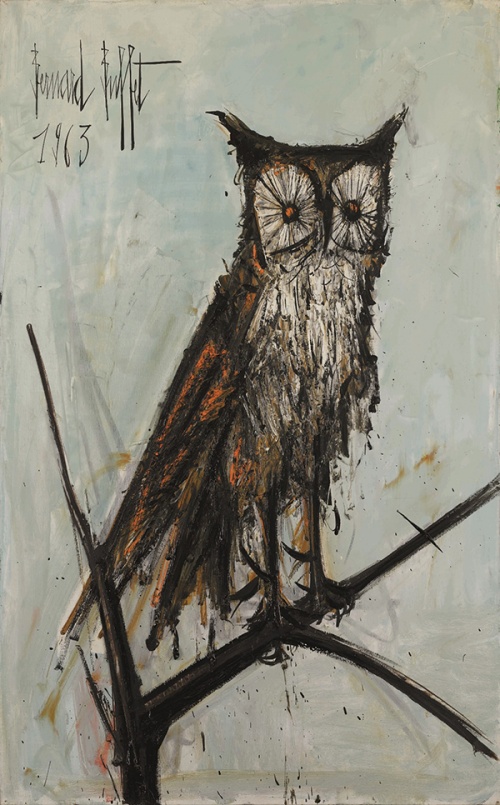
Why don’t I know this artist?
I think it’s because the art world was shifting to New York. He was also a figurative artist at a time when things were shifting back to abstraction and other means of expression. So the shift in France being seen as the epicenter of art coincided with his reputation downfall. Society turned on him a bit, or at least, art critics and curators turned on him, in no small part because his art had initially been confused as this expression of tragedy of post-war France, and capturing a certain disillusionment people were feeling. But then he became such a profoundly wealthy superstar and celebrity, that his lifestyle was suddenly at odds with what was perceived in the artwork that he produced.
Where does his work stand now? How has the passing of time altered that status?
Frankly I think he spans the gap between Picasso and Warhol. He’s a proto-pop artist, in a way. His artwork became so iconographic and pervasive, throughout France, to the point that, seemingly everywhere you would encounter a print or a painting by the artist. But everyone knew his imagery, everyone recognised his signature. In the same way, that they would identify a Picasso or Warhol. There are other themes in his art, which have been perceived in such a way; he painted many clowns in his career; clowns were a key subject for Picasso in his early years, and then later we see, for example, Cindy Sherman’s series of photo portraits of clowns, it’s three very different ways of defining the same subject. Thirdly, I would point out the texture of his painterly surface. He used such thick paint on his canvases that one can easily see a link between the abstract expressionist group and Buffet’s art in that sense. He was so concerned with the tactile and the three dimensionality of the paint itself.
How much did meeting Pierre Bergé change/inspire Buffet’s style?
Pierre Bergé. They both developed in that sense together. They were young when they met. But Pierre Berge was a master of branding in that sense, and social networking, he was extremely influential in helping Buffet.
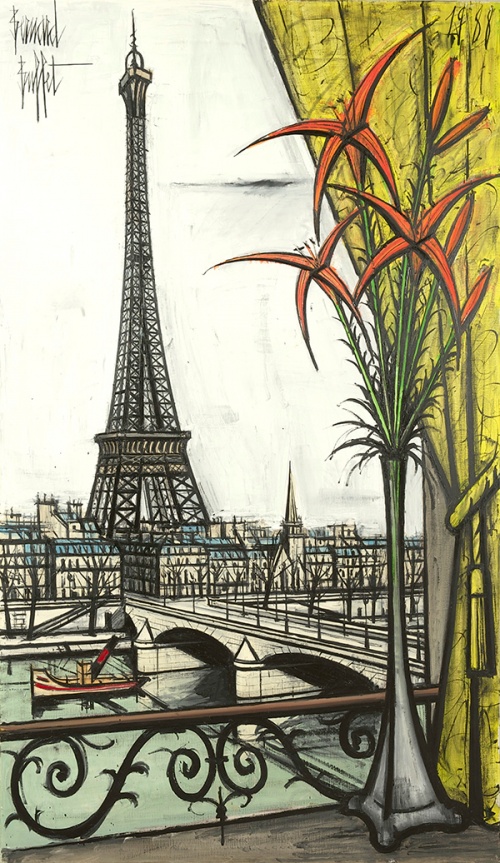
How much did his work evolve or was there a devolution?
I don’t know if devolution is the right word. The way I see it, there’s a certain lightening up in his works. The line remains of the same intensity, the texture remains of the same intensity, but the palette is what shifts throughout his career. He’s an artist who really stuck to what he was good at, to what was commercial, knowing that his paintings were still selling even as his reputation slipped in more refined circles. He had a good formula working and continued to expand his subject matter along the way. There is a palpable change from the 40s and 50s, then the 60s and beyond there is a shift in colour, but he does come back to very stark subject matter from time to time. It’s just his handling of it changes, the tonality shifts, as if it were from Picasso’s Blue Period to his Rose Period.
Who collects Buffet today?
I think Picasso, Chagall and Buffet are the most internationally collected artists in the Impressionist and Modern market today. The Japanese audience caught on and became aware of and drawn to Buffet’s works very shortly after the French community. There is even a Buffet museum in Tokyo. The founder met the artist in person, so there was a personal collection. That museum has more than 2,000 works of Buffet’s in that collection.
What do you consider the standout image in this exhibition?
There’s one called La Mort, painted in 1999, the year of his death. There’s something both very Picasso and Basquiat about the work – Basquiat of course with his skeletons and skulls, and Picasso with his musketeer series. We have this figure, wearing an Elizabethan ruff around his neck which his harkening to the old masters of painting, but also this imagery that Basquiat had already made famous. It’s old-school yet very contemporary and singularly Buffet. Once hooked, I don’t think you can get unhooked.
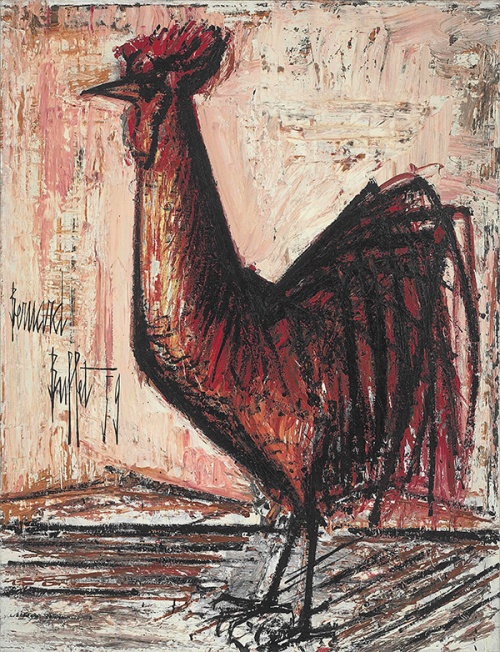
Bernard Buffet: Infinite Jester, 14-24 September. sothebys.com/BernardBuffet






